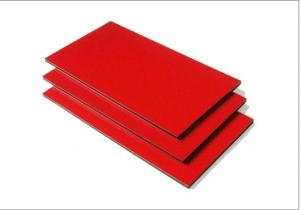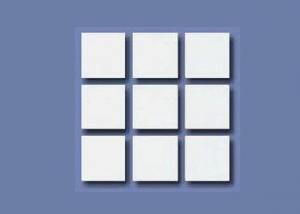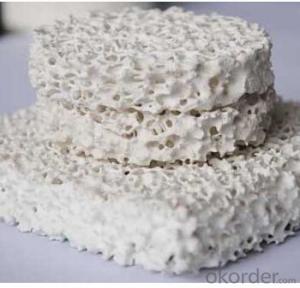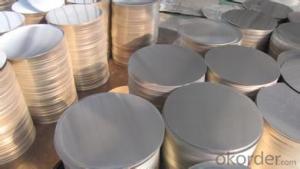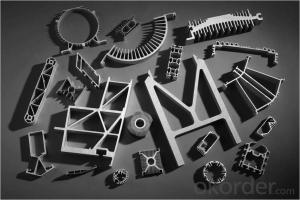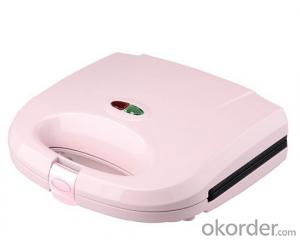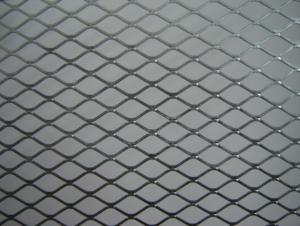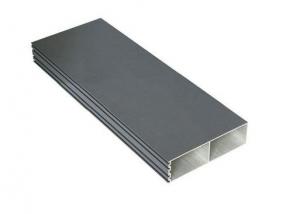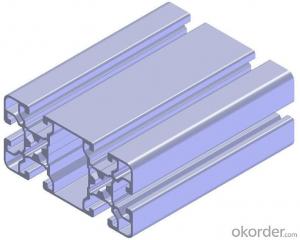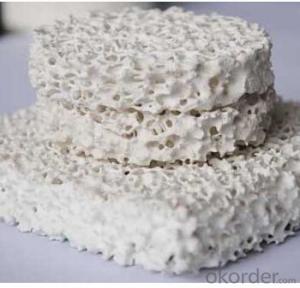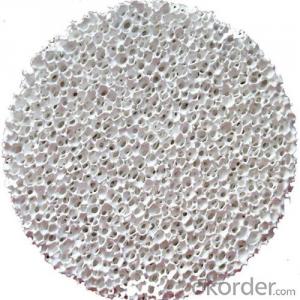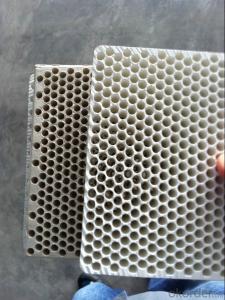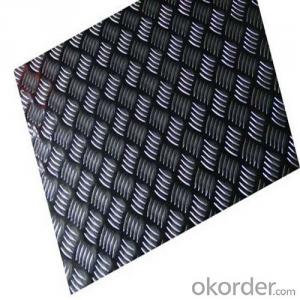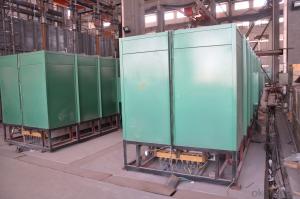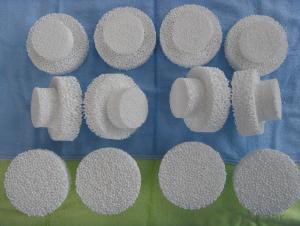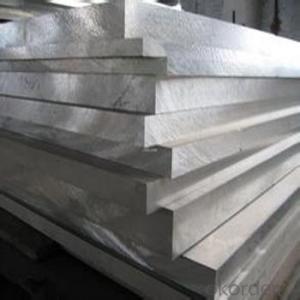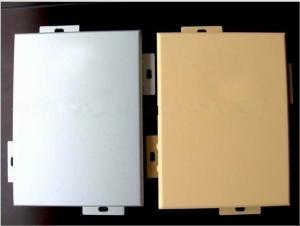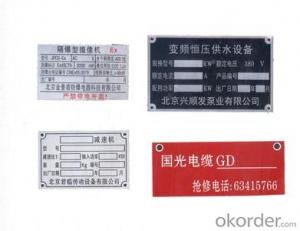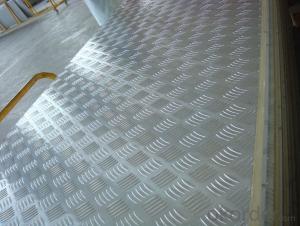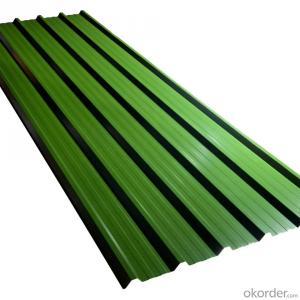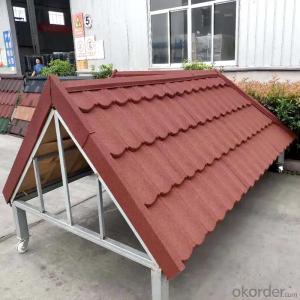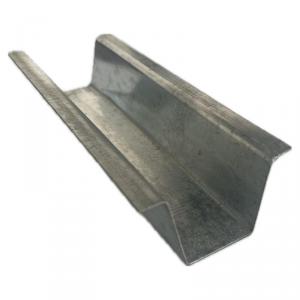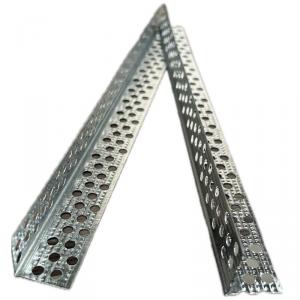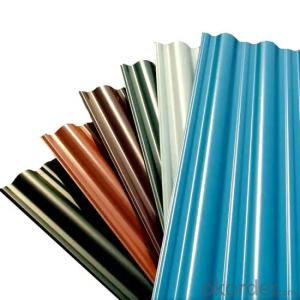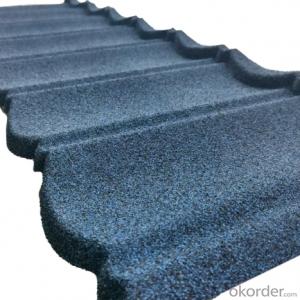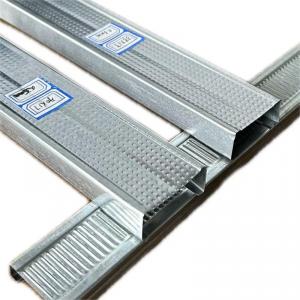Metric Aluminum Plate
Metric Aluminum Plate Related Searches
Aluminum Metal Plate Metric 6061 Aluminum Plate Aluminum Mounting Plate Machined Aluminum Plate Aluminum Mold Plate Aluminum Profile Plate Aluminum Mending Plate Aluminum Surface Plate Aluminum Motor Plate Aluminum Plate Metal Marine Aluminum Plate Aluminum Flat Plate Aluminum Precision Plate Aluminum Wall Plate Aluminum Pressure Plate Decorative Aluminum Plate Marine Grade Aluminum Plate Aluminum Round Plate Aluminum Square Plate Aluminum Mid Plate Milled Aluminum Plate Aluminum Paper Plate Aluminum Threshold Plate Aluminum Base Plate Aluminum Deck Plate Aluminum Pattern Plate Aluminum Floor Plate Polished Aluminum Plate Large Aluminum Plate Aluminum Heater PlateMetric Aluminum Plate Supplier & Manufacturer from China
Metric Aluminum Plate is a type of aluminum plate that adheres to the metric system of measurements, offering a variety of thicknesses and dimensions to suit different needs. This product is widely recognized for its durability, lightweight properties, and corrosion resistance, making it an ideal choice for a multitude of applications. It is commonly used in industries such as construction, automotive, aerospace, and manufacturing, where high-strength and lightweight materials are essential. Metric Aluminum Plate is also favored for its ability to be easily machined, bent, and welded, providing flexibility in design and fabrication processes.The usage scenarios for Metric Aluminum Plate are vast, ranging from structural components in buildings to intricate parts in machinery. It is also used in the production of vehicles, aircraft, and ships due to its strength-to-weight ratio and ability to withstand harsh environmental conditions. Additionally, Metric Aluminum Plate is employed in the creation of consumer goods, such as electronic devices and furniture, where a combination of aesthetics and functionality is required. The versatility of this material makes it a popular choice among engineers and designers who need a reliable and robust solution for their projects.
Okorder.com stands out as a leading wholesale supplier of Metric Aluminum Plate, boasting a large inventory that caters to the diverse needs of clients across various industries. With a commitment to quality and customer satisfaction, Okorder.com ensures that the Metric Aluminum Plate they provide meets the highest standards of performance and reliability. Their extensive range of products allows customers to find the exact specifications they require, making Okorder.com a one-stop-shop for all Metric Aluminum Plate needs.
Hot Products




